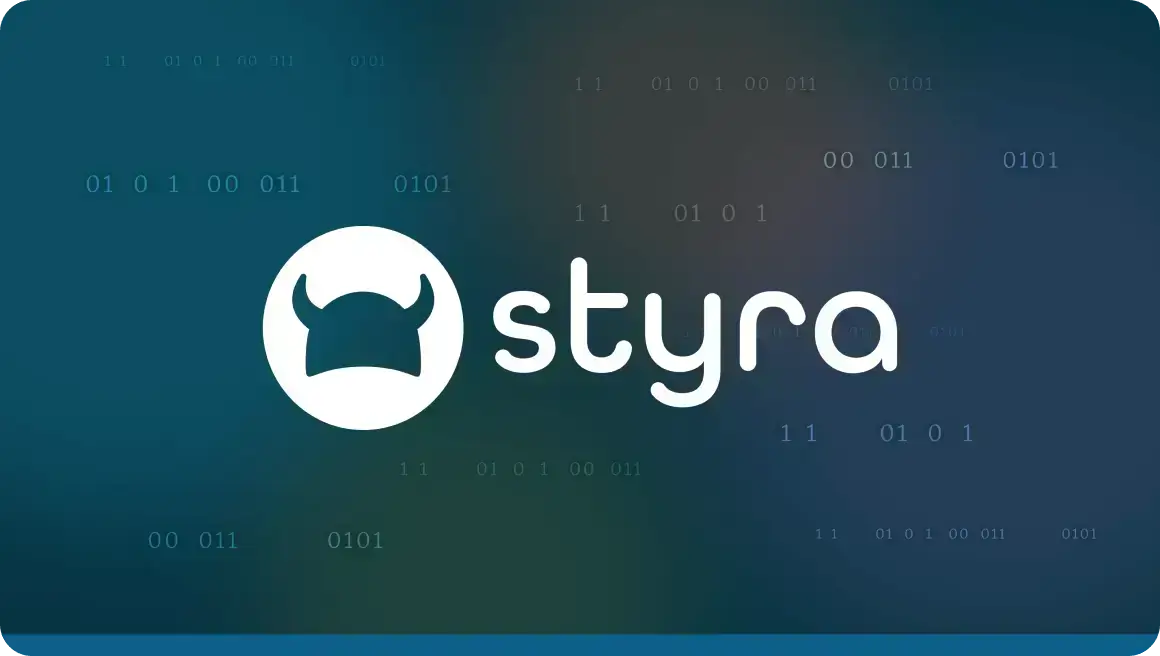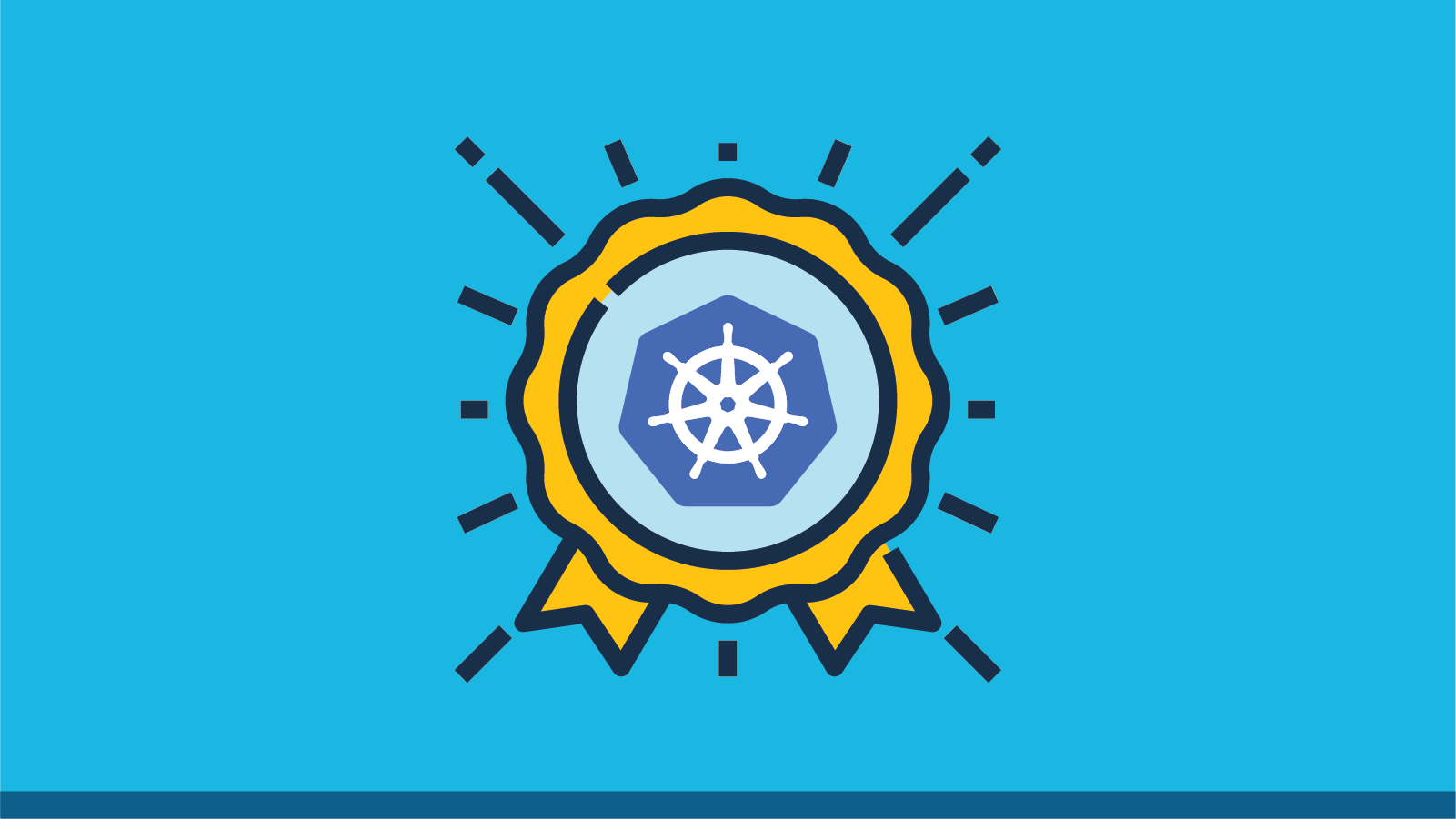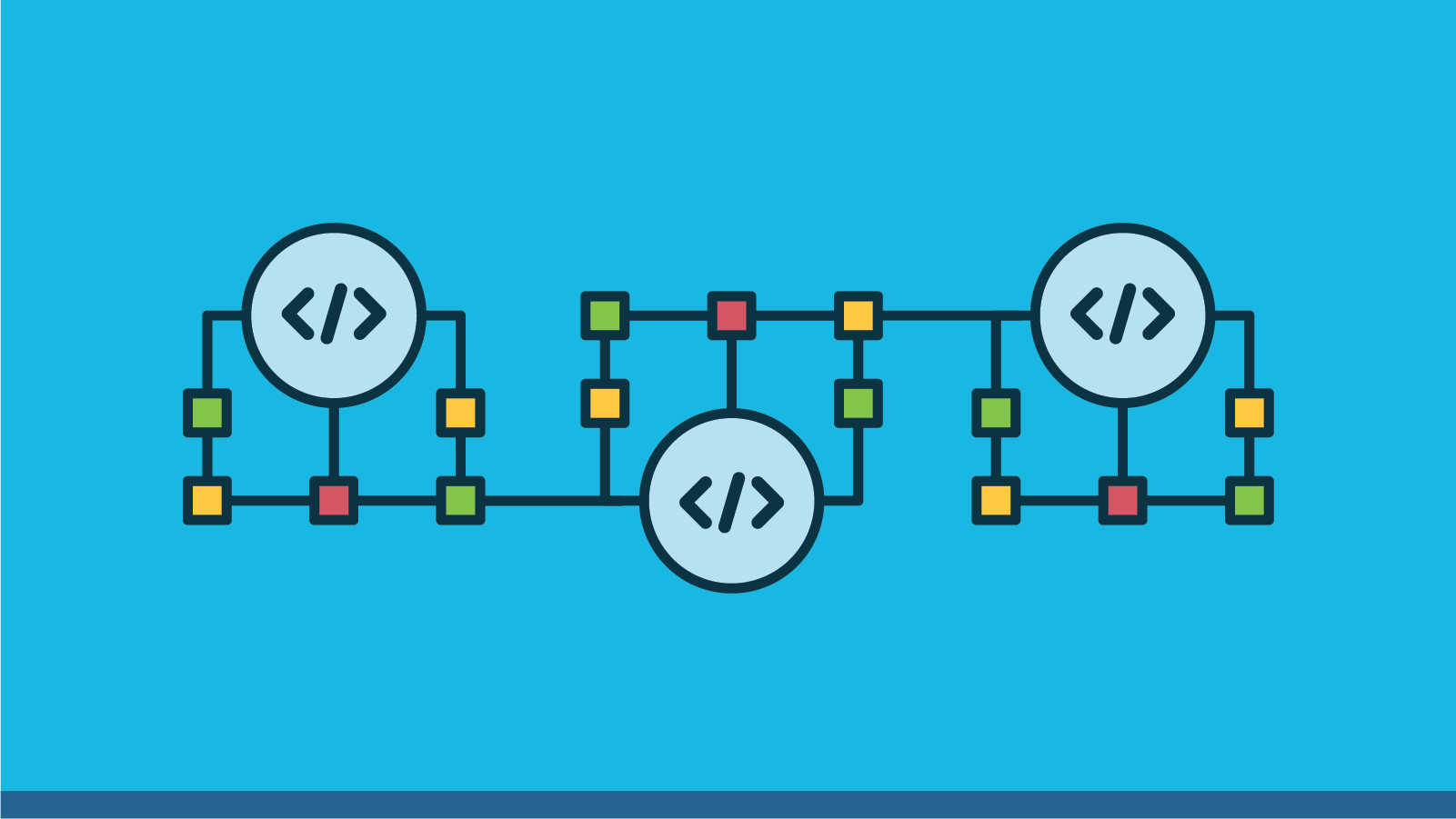What Is Identity and Access Management (IAM)?

Chris Hendrix
Identity and access management (IAM) refers to the set of practices, processes and tools for ensuring the right actors have the right permissions to access the right resources. IAM is crucial for protecting resources such as data, applications, computers and devices from malicious attack or accidental misuse while providing efficient access for proper use. IAM helps a digital organization maintain security, safeguard data, comply with regulation, and improve efficiency.
Identity and access management is particularly challenging in cloud-native architectures, where applications and services are often distributed across multiple cloud providers.
To streamline the development process of applications and systems, IAM solutions integrate into DevOps toolchains, enabling developers to manage access and security as code.
Key components of identity and access management
According to the Identity Management Institute, IAM follows a triad framework called the AAA model — authentication, authorization and accounting. Here’s how AAA works:
Authentication
In IAM, authentication focuses on verifying the identity of users, devices or entities trying to access resources. There are three main authentication methods:
- Something a user knows, such as passwords or answers to security questions
- An object in the user’s possession, like a badge or key fob
- Biometric data, such as fingerprints or voice recognition
Verizon reported that compromised credentials led to nearly half of the non-error and non-misuse breaches. For added protection from unauthorized access, multi-factor authentication (MFA) combines at least two authentication methods — for example, passwords and fingerprints.
While many authentication techniques have become fairly standardized and commonplace, authentication technology continues to advance in areas such as workload authentication, cross-cloud authentication, and adaptive authentication.
Authorization
After authentication, users are granted or denied access to resources. Authorization determines what resources a particular user can and cannot access based on the access control policy.
In role-based access control (RBAC), which has become a baseline in enterprise access control policy, users are assigned roles which come with them a bundle of permissions. For more granular control that can better implement zero trust security principles such as least privilege access, organizations look to more flexible frameworks such as attribute-based access control (ABAC), policy-based access control (PBAC), and relationship-based access control (ReBAC).
The need for fast, reliable, granular and manageable authorization continues to drive innovation in the industry.
Accounting
In AAA, accounting involves tracking user activity such as time spent, services used and data transferred. Accounting data helps in trend analysis, failed login detection, auditing security breaches, forensics, capacity planning, billing and cost allocation.
Effective accounting requires avoiding generic or shared identities to account for the actions of each individual. You can use activity data to ensure your policies align with data security regulations like the General Data Protection Regulation (GDPR).
How does IAM work?
Identity and access management works through a structured process of authenticating, authorizing and tracking users’ access to digital resources. Here’s a step-by-step overview of how IAM works:
| Step | Description |
| User identification | A user self identifies, often through a unique identifier such as an email ID or username. |
| Authentication | The user proves their identity by providing a password, PIN, biometric data or a one-time code from a token. This step typically takes place once per session. |
| Authentication validation | IAM tools validate provided credentials by comparing them with stored data. |
| Authorization | When the user initiates access, their identity is checked against access policies, roles and permissions defined by the organization. This step typically takes place multiple times per session as the user interacts with the resources. |
| Resource access | The user gets access to requested resources to perform actions, retrieve data or interact with systems. |
| Accounting/logging | IAM systems track the user’s activities, including login times, accessed resources and actions taken. |
| Session management | IAM manages user sessions, including timeouts, to automatically log out of an account after a period of inactivity, enhancing security. |
| User lifecycle management | IAM facilitates account creation, modification (e.g., role changes), and account removal based on changes such as employment status. |
| Compliance/auditing | IAM provides tools for auditing user access and ensuring compliance with security policies and regulations. |
Benefits of identity and access management solutions
The key advantages of implementing an IAM system are:
1. Increased productivity
Identity and access management solutions contribute to productivity by streamlining user access to resources and reducing friction in authentication processes.
IAM tools like single sign-on (SSO) enable users to access multiple services with a single set of credentials. This unified approach eliminates the need for users to remember multiple credentials, reducing login fatigue and saving time.
2. Improved security
Access identity management tools leverage RBAC to define access controls based on job functions.
Each role is associated with specific permissions that determine:
- The actions a user can perform
- The resources a user can access
Fine-grained control ensures that users have the minimum access needed to perform their tasks, reducing the risk and extent of data exposure and breaches in the event of compromised identity, user error or internal attack.
3. Reduced human error
IAM systems automate the process of creating and removing user accounts based on predefined rules and policies. This automation reduces the need for manual account creation and reduces errors such as misspelled usernames or incomplete access setups.
IAM solutions often include the self-service option to reset passwords. Users can reset their passwords without IT intervention, reducing password-related errors and minimizing the burden on IT support.
4. Streamlined digital transformation
IAM is crucial for secure and efficient digital transformation efforts, as the expansion of data access points increases security risks. IAM helps mitigate the risks by enforcing robust authentication and access control policies.
Many digital transformation initiatives involve migrating to the cloud or adopting hybrid IT environments. IAM solutions are designed to manage access in these complex settings, offering centralized control over cloud and on-premises resources.
Learn how to bridge the gap between IAM and app teams with cloud-native entitlements.



